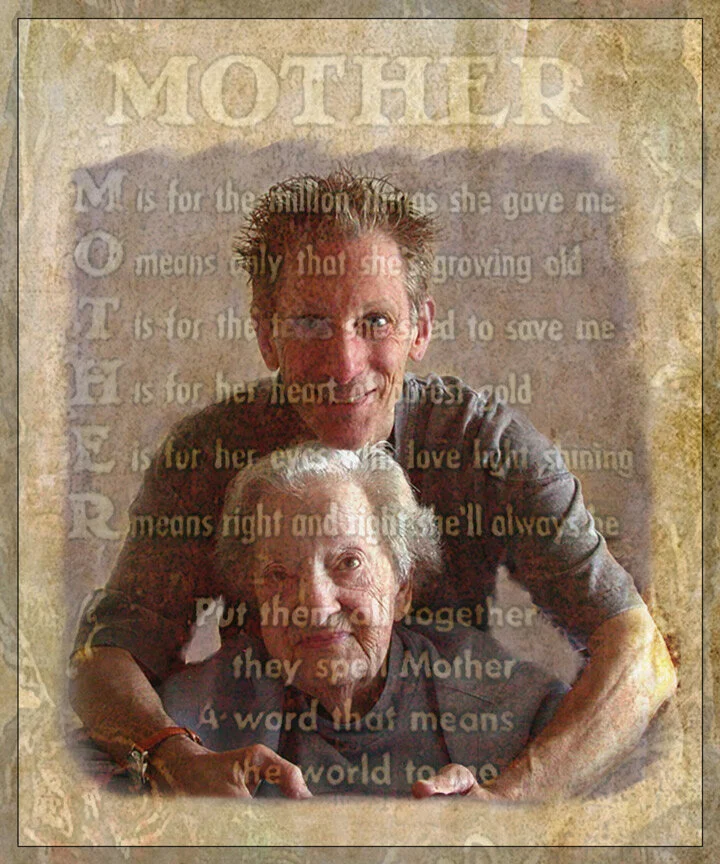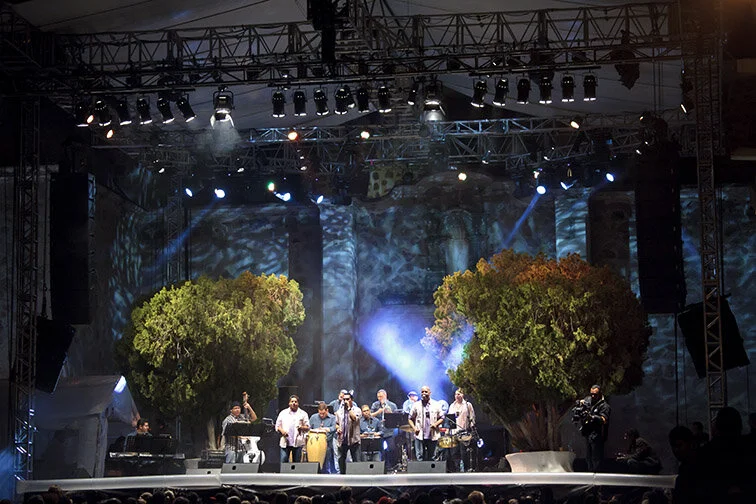The Ghosts of Hemingway’s House
I didn’t want to visit Hemingway’s home near Havana the first time I went. And I really didn’t want to go again on my return trip to Cuba two years later. I’m not a Hemingway fan, and I begrudged the time away from other activities.
But here was our bus pulling up to the gate of his home called Finca Vigía—Lookout Farm—a few minutes before it opened on a Thursday. The idea was to arrive before the cruise ship buses.
During the 1940s and 1950s, Hemingway lived and wrote and drank in this home for much of the year. There he worked on The Old Man and the Sea, Islands in the Stream, For Whom the Bell Tolls, and more.
Hotel Sevilla where I was staying in Havana is where Graham Greene wrote Our Man in Havana. The movie based on the book was filmed in Havana shortly after the Revolution. But the spotlight in Cuba is on Hemingway.
Hemingway fished and hung out with the locals in the working class area where he built his home. He gossiped and drank with celebrity visitors like Gary Cooper. He fed the many cats who roamed the grounds. Neighborhood children still play on the baseball field he built for them on the property.
In May 1960 Hemingway hosted a fishing competition that Fidel Castro won. Photos of the two adorn the wall of the local bar and postcard stands all over the country. Apparently that was the only time the two met. In various interviews, Castro credited For Whom the Bell Tolls as providing some inspiration and tips for the insurgency.
In 1954, when Hemingway won the Nobel Prize in Literature after publication of The Old Man and the Sea, he dedicated it to the fishermen of nearby Cojimar, where the book was set.
Hemingway left Cuba in 1960 for Spain and then the United States, intending to return. He committed suicide in Idaho in 1961. By that time, the U.S. had severed its relations with Cuba. After Hemingway’s death, his widow removed some of his writings and works of art; the house and grounds and the rest of its contents became the property of the Cuban government.
Finca Vigía is government run and low key compared to such attractions in the U.S. The small gift shop is out of the way off the parking lot and easy to miss. To see the house, you walk up a driveway to the cream-colored one-story stucco home. The house is as he left it. You can’t go inside without special permission, but you can stand on the terrace that wraps around the house and peer inside through large windows. You see copies of Life and Esquire and other magazines he was reading, pencil notations he made of his weight on the wall, and animal trophies from hunting in Africa and the American West mounted on the walls. Bookshelves hold thousands of books, many with his notes written in the margins. A typewriter sits on a shelf.
I had read Hemingway in high school and admired his spare writing style but not his topics or characters—war, bullfighting, hunting, machismo, and male fantasies of women. And as second-wave feminism took hold, I was better able to articulate and reject the depictions of women in his books, let alone in his life. (Hemingway biographers note his cruelty to others, particularly when he was drunk.)
In 2017, when I traveled to Cuba with a small group, we visited Finca Vigía. I dutifully looked in the windows of the house and found it hard to ignore all the animal trophies.
Now I was back for the 2019 Art Biennial, an exposition centered in Havana. I knew a visit to the house was planned but figured it was a small price to pay for a great art experience with a leader I trusted and a small cohort of engaged and interesting people. But I was still grumpy about giving up time that I thought would be better spent with art.
“You know, I’m not really much for Hemingway,” another woman in our group whispered to me the day before our visit.
“I’m not either,” I replied.
But at dinner that night, as I sipped a frozen mango daiquiri, one of the men in our group said that reading The Old Man and the Sea in high school had changed the course of his life, making him decide to major in English in college, which led to a career in education.
Before my trip, I’d read Adios Hemingway by Cuban writer Leonardo Padura, a novel in which a Cuban detective sets out to solve a mystery about a skeleton discovered buried near the baseball field on the Finca Vigía grounds. It goes back and forth in time from Hemingway’s day to the present. Padura reimagines a famous tale about Ava Gardner swimming naked in the property’s pool. After her swim, Hemingway is said to have told the staff not to empty the water from the pool.
I thought about this story as we got on the bus that Thursday morning. I decided I could let go of seeing every art exhibit…it’s not like I see all the exhibits I’m interested in at home…and that I could simply appreciate where I was.
On arriving, I skipped the house and carried my journal straight down a path to the pool that I hadn’t seen on the first trip. I sat in the shade on a rusty chair at the pool’s edge and listened to the creaking of tall bamboo stalks at the pool’s edge. The pool, with faded aqua paint on its sloping bottom, was empty except for the shadows and fallen leaves of the bordering trees. I had a view of his dry-docked fishing boat, named the Pilar, now parked where the tennis courts used to be. In front of the boat are grave markers for four of Hemingway’s dogs, Linda, Neron, Black, and Negrito.
One woman from our group sat next to me sketching as I wrote. We didn’t speak. A custodian chatted briefly with a bathroom attendant, but no one else was present.
It was easy to see an aquatic Ava and agree that the story was true. It was easy to hear the tennis balls hit by Gary Cooper amid the sounds of the baseball games played by Hemingway’s sons with the local children. And cats would be everywhere, nestled in the bamboo or hoping for snacks from those lounging at the pool.
Suddenly a large group of tourists arrived poolside, calling out to each other in Japanese and surrounding where we sat.
It was time to return to the present and leave.
Sandra Horwich is a freelance writer and editor in Berkeley, CA. She has visited Cuba three times and looks forward to returning in the future.




